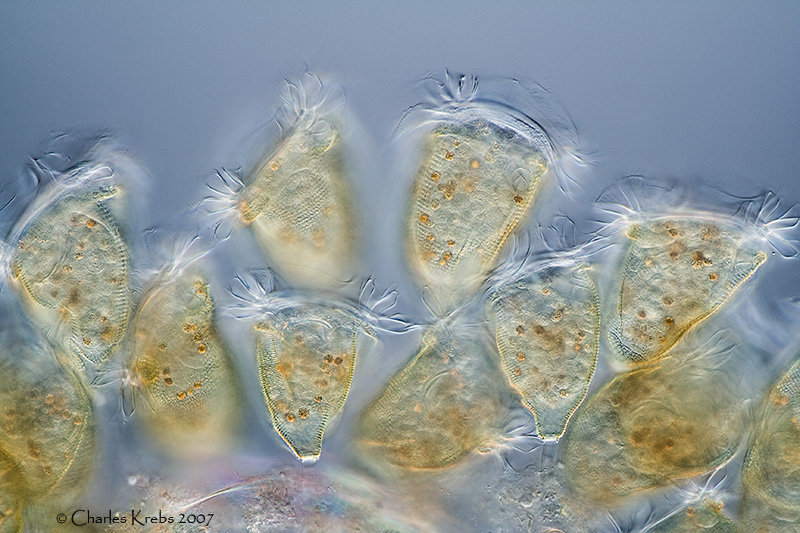They were actively feeding, but the electronic flash gives an interesting view of the active wreaths of cilia.
Olympus BHS microscope, Olympus 20/0.70, Canon 350D, DIC with electronic flash.

Moderators: rjlittlefield, ChrisR, Chris S., Pau

I notice that the very fine image of the individual at http://www.krebsmicro.com/webgal8/gal8_3.html shows a band of cilia near the base. I do not see anything like this in the current also very fine group photo. What's the story?Charles Krebs wrote:A bit embarrassing as I have actually posted a fair number of images of them in the past.